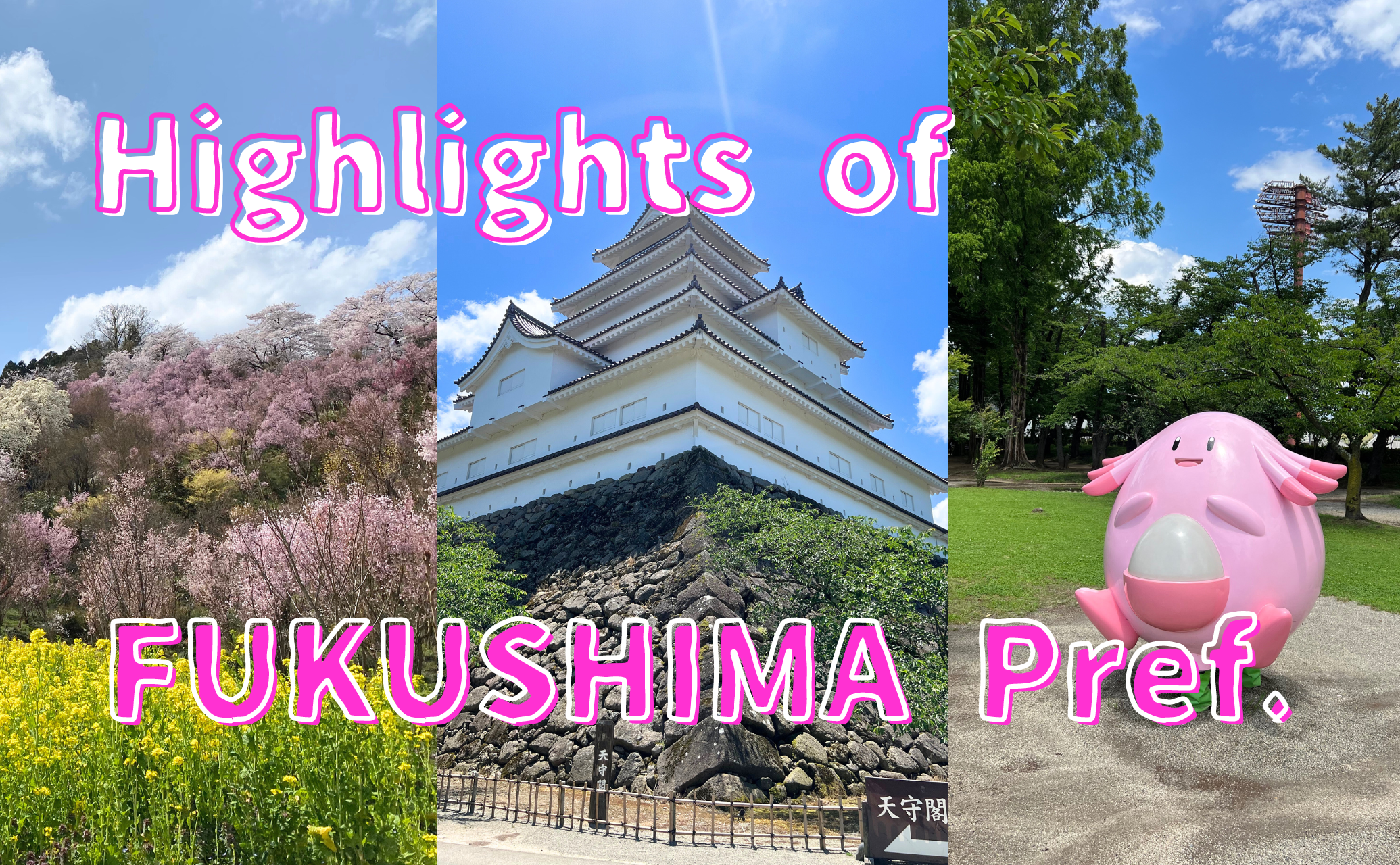Fukushima Prefecture is the third largest prefecture in Japan. Widespread from east to west, the climate and climate varies from one region to another. The prefecture consists of three major regions. From the sea side, they are “Hamadori,” “Nakadori,” and “Aizu region”.
The name ”Fukushima” spread around the world with notoriety after the nuclear power plant accident following the 2011 tsunami. However, Fukushima is a broad area, and it would be premature to lump it all together. Here are some of the attractions and highlights of each region.
Hamadori
The area facing the Pacific Ocean is called “Hamadori,” and was severely damaged by the 2011 tsunami. Reconstruction from the tsunami disaster is progressing well, but as of 2023, there are still areas that are difficult to return to due to the nuclear power plant accident, and some people are unable to return to their homes. On the other hand, Hamadori has a mild and comfortable climate and is blessed with seafood from the Pacific Ocean.
Spa Resort Hawaiians
A theme park using hot springs. There is a pool area for swimsuits and a nude bathing area. Both areas use hot spring water drawn from the Iwaki Yumoto hot spring. It is also known as a place where you can see an authentic Polynesian show and feel the atmosphere of Hawaii and other tropical countries. It also has a golf course and a hotel, making it a major leisure facility.
Chansey Park in Namiemachi
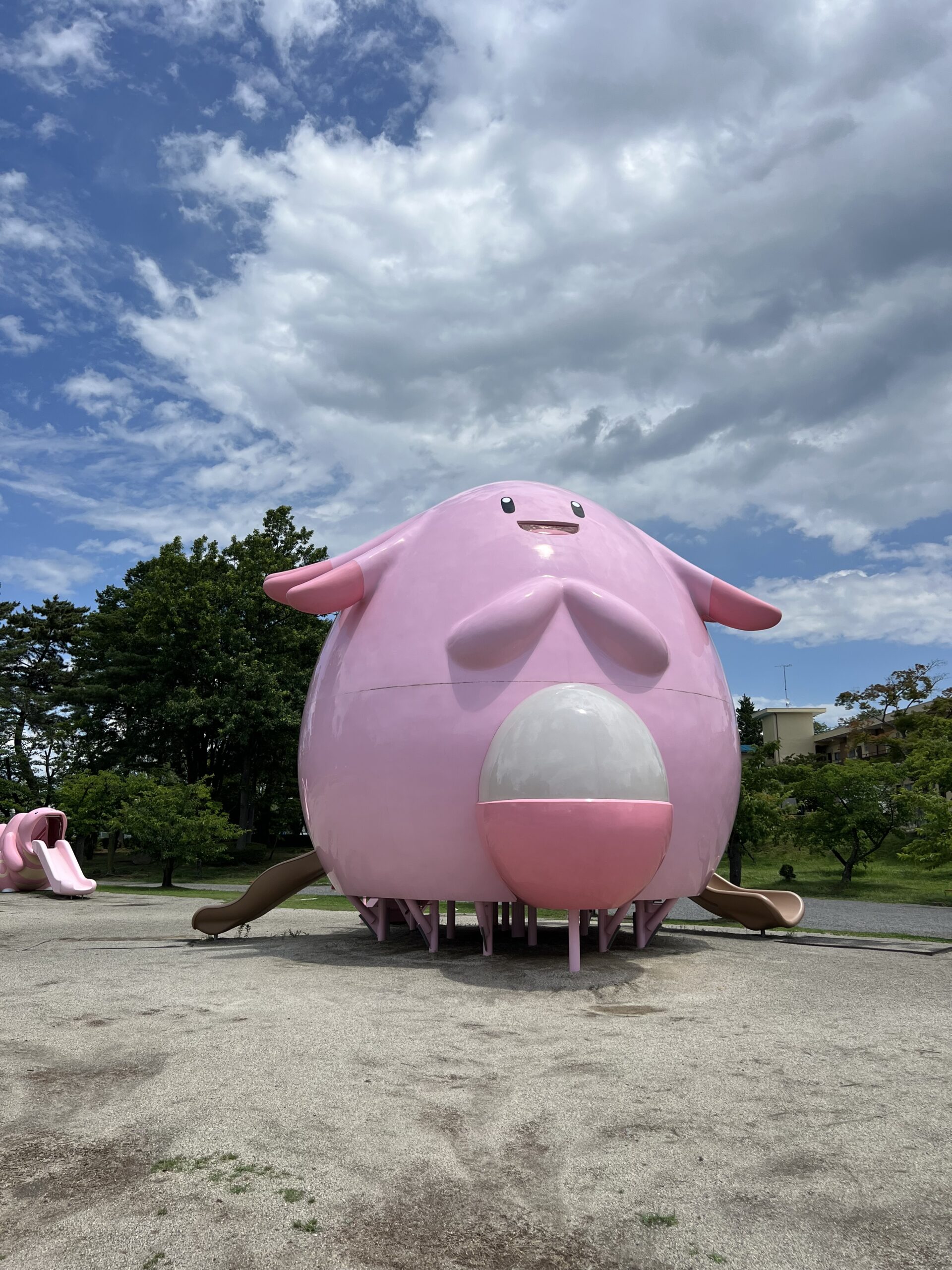
Japan’s first public park with a Pokémon motif was opened in “Michi no Eki Namié” (Roadside Station Namié). Chansey, the Ambassadorial Pokemon of Fukushima Pref. is used as playground equipment. The park is full of pink, including Lickitung slide! It is a fun place for children to play and for adults to just take pictures! As of July 2023, there are a total of 4 Chansey Parks in Fukushima Prefecture.
Koriyama, Showa-mura, Yanaizu-machi (These two locations have a lot of snow, so the park equipment may not be visible in the winter.)
Nakadori
The Tohoku Shinkansen bullet train and Tohoku Expressway run through the area, and Fukushima City, the prefectural capital, is located in the “Nakadori” area. It is also an area blessed with a favorable climate and winds that produce a variety of fruits. Among them, peaches, which are in season from July to August, are especially delicious. Try one of the sweet peaches overflowing with juice!
Hanamiyama Park

Located about 15 minutes by bus from Fukushima Station, this is a famous Sakura (cherry blossom) viewing spot. various flowers bloom from around April, and the mountain with its colorful blossoms looks like a peach garden. Outside of the blooming season, the mountain is quiet and secluded.
For more information about Hanamiyama, see this article.
Abukuma Cave
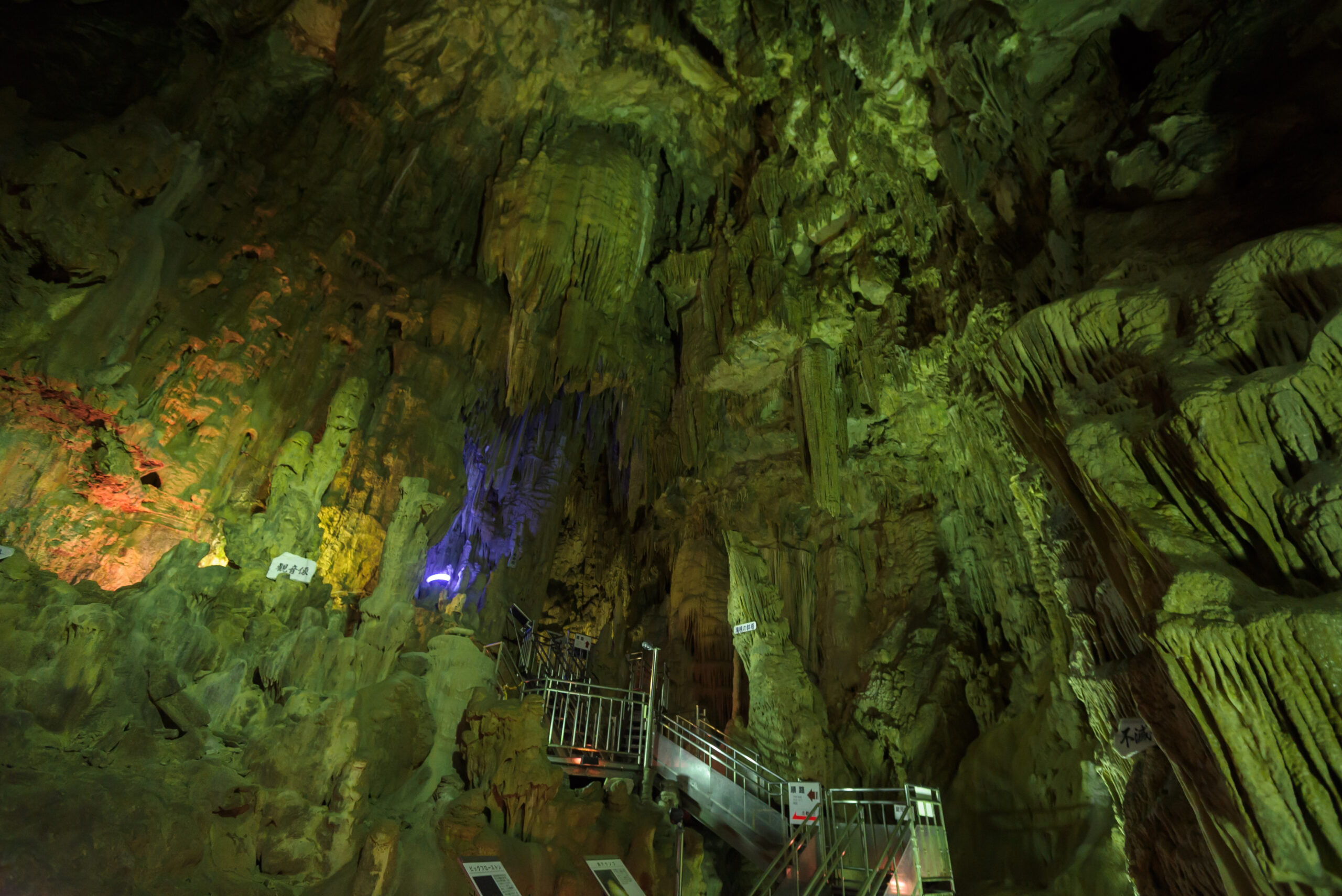
The 600-meter-long cave is lined with stalactites, said to be the largest in the East in terms of both variety and number. Visitors can enjoy the mysterious world of art created by nature. It takes about 1 hour from Koriyama Station on the Tohoku Shinkansen Line to Ban-Etsu-To Line. For those who wish to enjoy more serious cave exploration, visit the nearby Irimizu Cave.
Aizu Region
The Aizu region, which is the most inner part of the prefecture, has hot summers and deep snowfalls in winter. Aizu Wakamatsu City, the center of the region, is a historic town. In the castle town centered around the castle, you can feel the samurai period. There are also many natural sights, such as Mt. Bandai, Lake Inawashiro, and Oze, from which one can enjoy wonderful scenery.
Aizuwakamatsu City
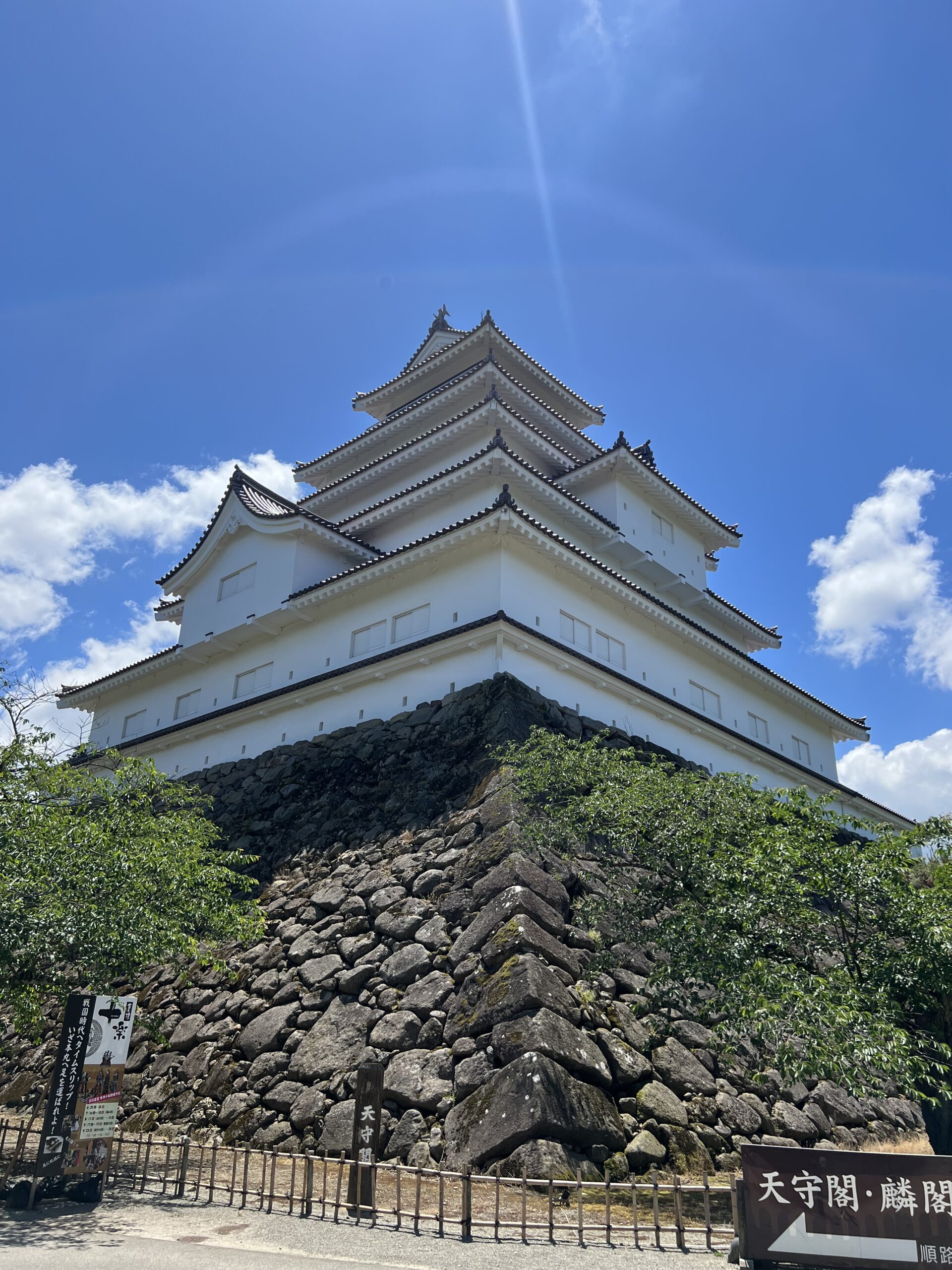
Centered around Tsurugajo Castle, which was the scene of a civil war during the Meiji Restoration, there are many samurai residences and other facilities that give visitors a sense of samurai culture. After strolling through the old streets, you can stay overnight at Higashiyama Onsen (hot spring) in the city. Enjoy the hot springs where the samurai are said to have healed their wounds.
Recommended Souvenirs
Akabeko
Akabeko is a local toy from the Aizu region. It is made of papier-mache and has a movable head. The red color is also used to ward off evil. In recent years, akabeko are sold in various colors and sizes, not only red. There is also a place where visitors can try their hand at painting, so it is recommended to make your own Akabeko!
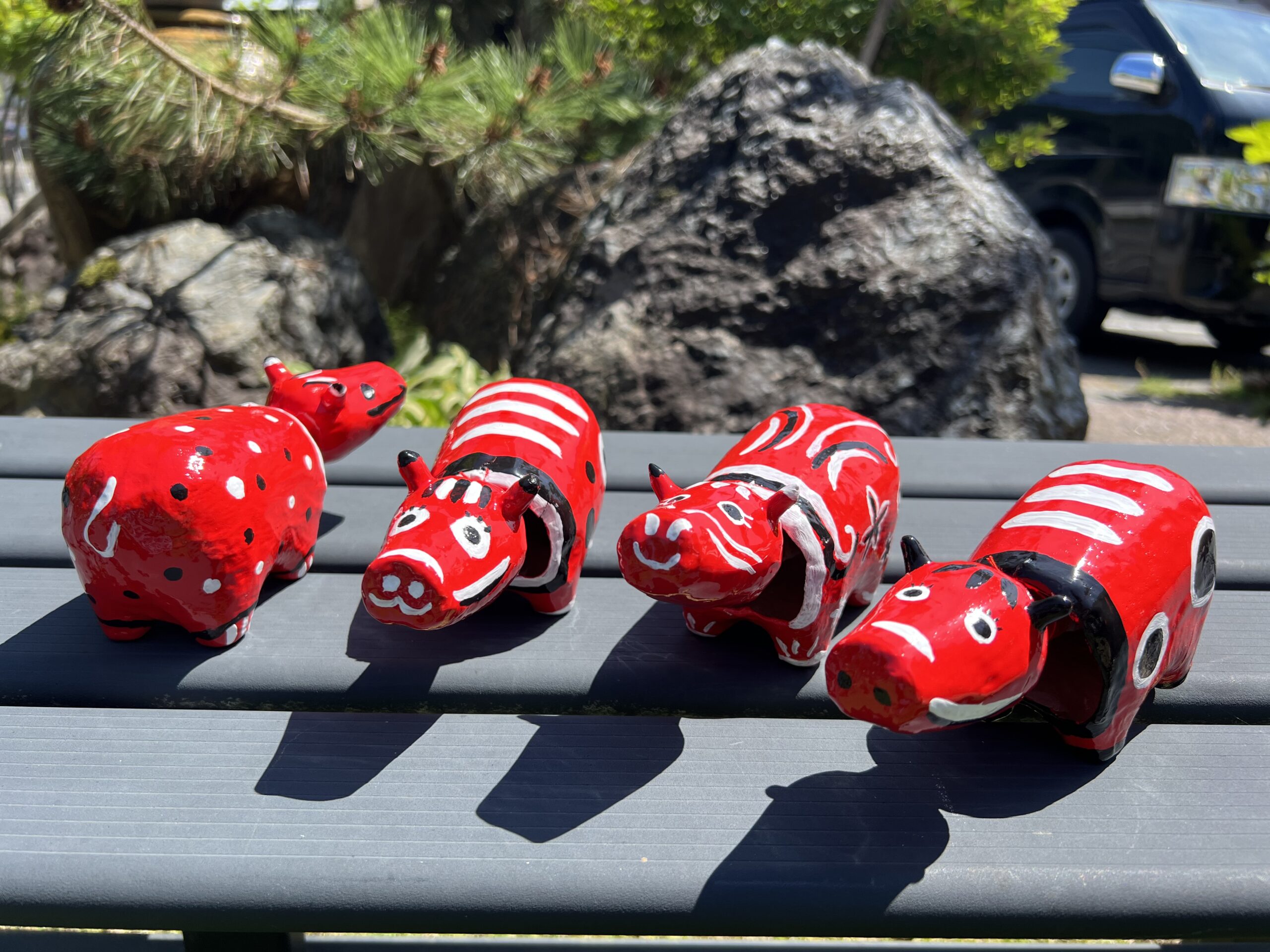
Kashiwaya Usukawa Manjyu
A thin skin wraps around a moderately sweet red bean paste. The texture is so delicious that it melts in your mouth. Kashiwaya, born in Koriyama City, has stores in various cities in the prefecture. There are many other popular products to try.
In the Aizu region, tempura of manju is popular, and this manju is sometimes made into tempura.
Imokuri Sataro
Japanese sweet potato made of sweet potato, chestnut and white bean paste. It is smooth, yet you can feel the crunchiness of the chestnuts. It is especially recommended for those who like sweet potatoes and chestnuts. The name, which is based on a local folk tale, and the Japanese-style packaging make it a perfect souvenir!
Potato Chips Peach Flavor
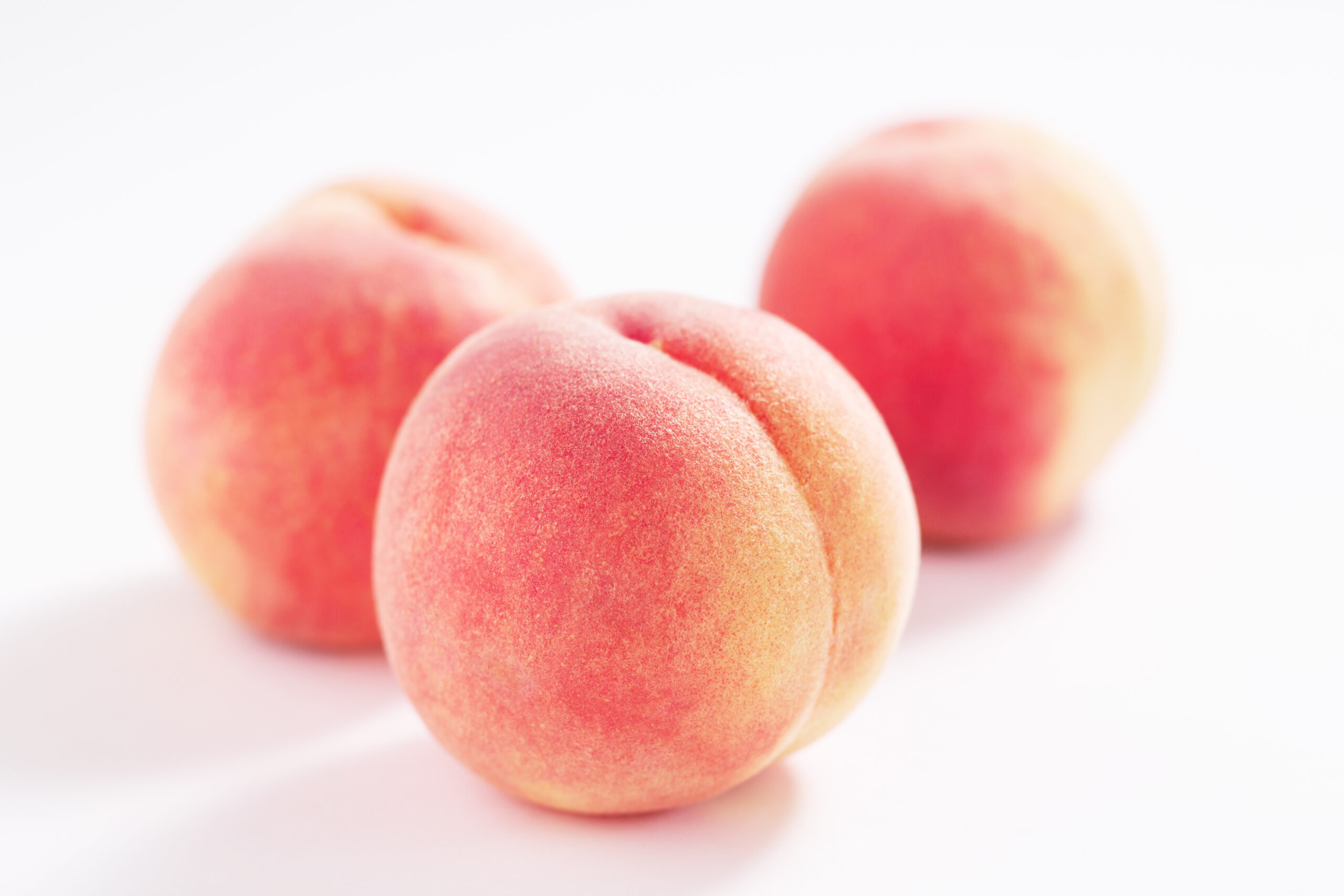
Potato chips that recreate local flavors are sold all over Japan and are very popular, but the peach flavor is one of the most avant-garde! When you try them, you can definitely taste the peach flavor, which is a bit confusing, but delicious. You may or may not like them, but they are a must-try.
My Favorites♥
The Meiji Restoration of the late 1860s overthrew the Edo shogunate and transformed Japan into a modern nation. The Aizu clan, centered in present-day Aizuwakamatsu City, represented the defeated side. The Aizu clan was forced to fight against the new government forces until the very end, and the area around Aizuwakamatsu became a battlefield. As a result, there are many tragic anecdotes about the civil war. There is a sense of sympathy as well as a certain fascination. If you are planning to visit Aizu Wakamatsu, the town where the last samurai lived, you will probably enjoy it more if you know the history beforehand.
For more information on the “Shinsengumi,” a part of Aizu’s history, please see this article.

